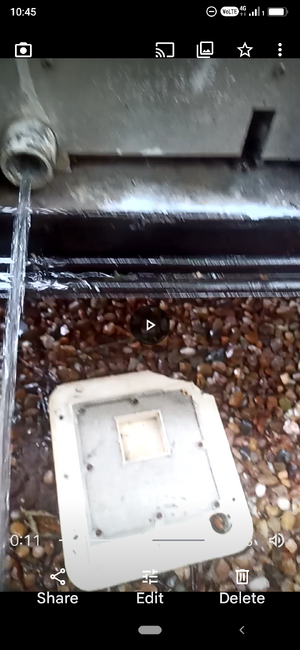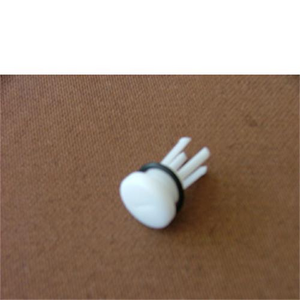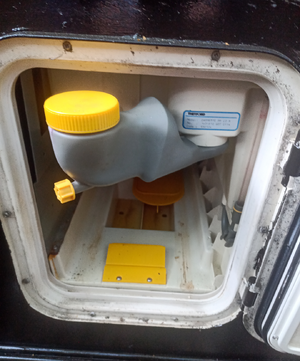- Mar 14, 2005
- 19,191
- 4,374
- 50,935
Hello TpX thinnr,
I get the distinct impression from your replies and comments, that your struggling to understand the scale and what necessary work is required to bring the caravan back into safe and usable condition.
Some of your most recent comments read as though your going to basically cover up the bad bits and go ahead and use it as is.
I can't condone that approach for two reasons, both of which have been mentioned in previous replies you have recieved, but you may not have appreciated their importance.
The first point regards the structural integrity of the caravan. With the extent of the rot you have uncovered, it posses the very real concern about how much is really there, and what its done to the strength of the caravan.
Also when the evidence does appear it frequently does not directly relate to the location of the source of the damp. It's a bad plan to repair the effects of water ingress unless you identify and also repair the cause of the damp
When you first see the evidence of damp inside a caravan it means it's been going on for quite a long time but hidden. This is because the internal wall boards usually have a vinyl wall covering that delays the appearance of signs of damp.
Clearly you have an older caravan, and there is extensive evidence of damp, but in reality you (and neither do we) don't know how much there is, but its very likely to have compromised the strength of the caravans walls and roof. This might make the caravan unsafe to tow.
The issue of toxicity of fungal spoors has also been raised. This is a potential health risk for adults but it's even more a risk for children.
Due to the age and condition of the caravan, I have real concerns about the condition of the appliances in the caravan. I note you tell us you have connected a gas cylinder and you report all the gas equipment functions, but how do you know their working correctly, yet alone safely. When was the caravan last checked by a professional for gas safety? And similarly for the electrics.
I urge you to use your head not your heart when considering using the caravan.
I get the distinct impression from your replies and comments, that your struggling to understand the scale and what necessary work is required to bring the caravan back into safe and usable condition.
Some of your most recent comments read as though your going to basically cover up the bad bits and go ahead and use it as is.
I can't condone that approach for two reasons, both of which have been mentioned in previous replies you have recieved, but you may not have appreciated their importance.
The first point regards the structural integrity of the caravan. With the extent of the rot you have uncovered, it posses the very real concern about how much is really there, and what its done to the strength of the caravan.
Also when the evidence does appear it frequently does not directly relate to the location of the source of the damp. It's a bad plan to repair the effects of water ingress unless you identify and also repair the cause of the damp
When you first see the evidence of damp inside a caravan it means it's been going on for quite a long time but hidden. This is because the internal wall boards usually have a vinyl wall covering that delays the appearance of signs of damp.
Clearly you have an older caravan, and there is extensive evidence of damp, but in reality you (and neither do we) don't know how much there is, but its very likely to have compromised the strength of the caravans walls and roof. This might make the caravan unsafe to tow.
The issue of toxicity of fungal spoors has also been raised. This is a potential health risk for adults but it's even more a risk for children.
Due to the age and condition of the caravan, I have real concerns about the condition of the appliances in the caravan. I note you tell us you have connected a gas cylinder and you report all the gas equipment functions, but how do you know their working correctly, yet alone safely. When was the caravan last checked by a professional for gas safety? And similarly for the electrics.
I urge you to use your head not your heart when considering using the caravan.




